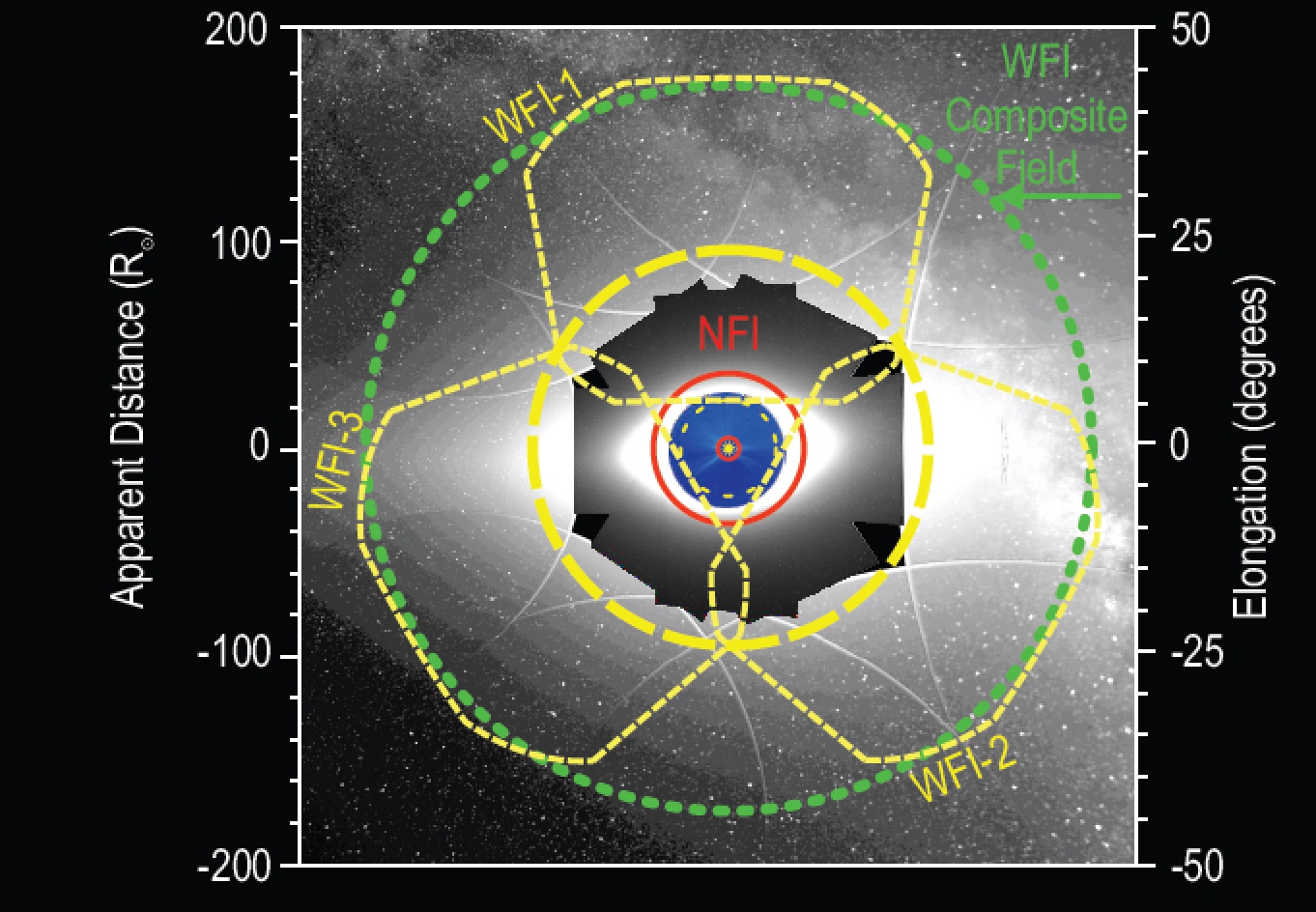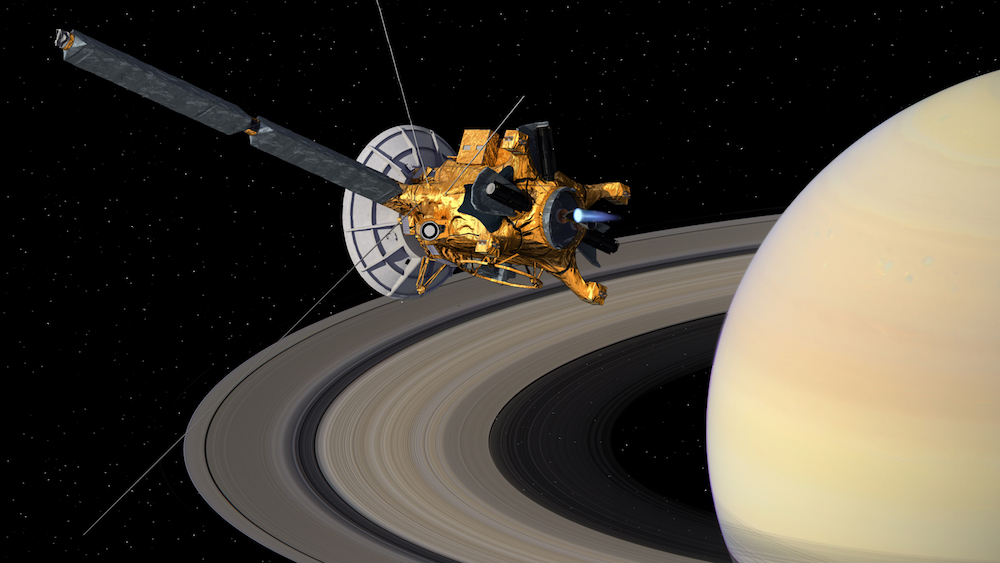
Tackling Climate Change and Science Cutbacks (start time: 7:03) In this week’s show we discuss the ongoing barrage of executive orders by the Trump administration; and the impacts of defunding of federal agencies, scientific research and scientists focusing on climate change and the environment. We also explore how the legal and political landscape, including pushback against the administration’s actions, are shifting. How On Earth host Susan Moran interviews Marc Alessi, a climate scientist at the nonprofit organization Union of Concerned Scientists (UCS); and Delta Merner, a geographer and associate director of the Climate Accountability Campaign at UCS. Dr. Alessi was an organizer of a 5-day event in May with climate scientists and meteorologists in May, called 100 Hours to Save America’s Forecasts. And Dr. Merner is an organizer of a public virtual event on Wednesday, July 16, called “Meeting the Moment Through Climate Litigation” (2:00-3:00 p.m. MDT).
Also on this week’s science calendar, check out this FDA expert panel on menopause and hormone treatment, available livestreamed on the FDA’s YouTube channel. It’ll be held on Thursday, July 17, 11:00 a.m. to 1:00 pm. MDT.
Host/Show Producer: Susan Moran
Engineer: Evan Perkins
Executive Producer: Susan Moran
Headline Contributor: Shelley Schlender
Listen to the show here:
Podcast: Play in new window | Download (Duration: 26:06 — 35.9MB)
Subscribe: RSS









 This special edition of How on Earth is produced in conjunction with the
This special edition of How on Earth is produced in conjunction with the 
 In 2015, the New Horizons Spacecraft flew past Pluto. Because Pluto is so far away, it took nearly 10 years of travel for the spacecraft to reach that distant dwarf planet — and that was after a decade of work to get the spacecraft to the launch pad. Planetary scientists Alan Stern and David Grinspoon have written a new book, called: “Chasing New Horizons: Inside the Epic First Mission to Pluto”. The book tells the story of developing and operating the New Horizon mission.
In 2015, the New Horizons Spacecraft flew past Pluto. Because Pluto is so far away, it took nearly 10 years of travel for the spacecraft to reach that distant dwarf planet — and that was after a decade of work to get the spacecraft to the launch pad. Planetary scientists Alan Stern and David Grinspoon have written a new book, called: “Chasing New Horizons: Inside the Epic First Mission to Pluto”. The book tells the story of developing and operating the New Horizon mission.



 Here we provide the full interview by How on Earth’s Joel Parker of planetary scientists Dr. Alan Stern (
Here we provide the full interview by How on Earth’s Joel Parker of planetary scientists Dr. Alan Stern (
 The
The